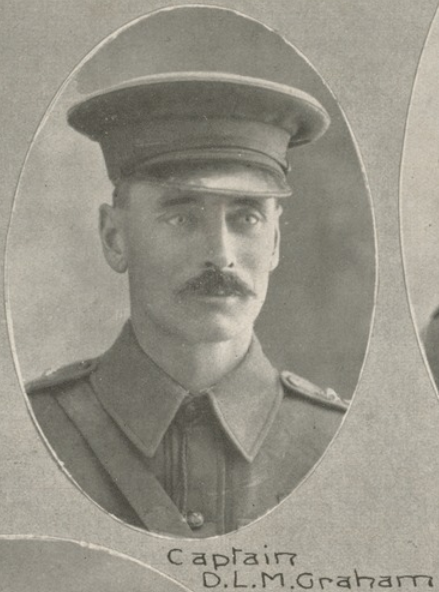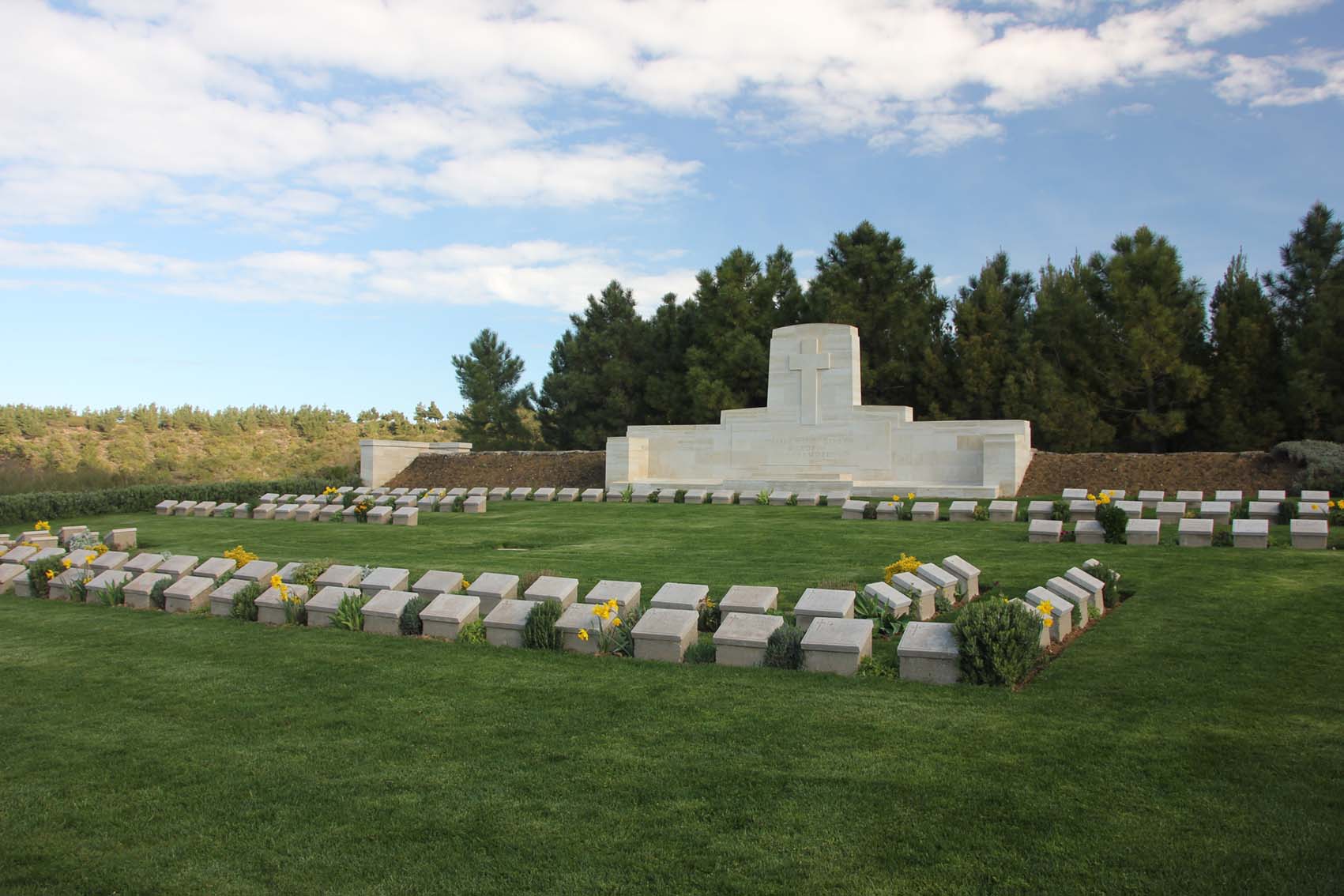Upon the outbreak of war on 4 August 1914 many experienced soldiers came forward to join the expeditionary force the Australian Government promised the imperial government in London. One of the earliest who had combat experience was Dugald Maxwell Lockwood Graham. When he applied for a commission as an officer in the new AIF he was a 41-year-old farmer, ex-banker and part-time soldier. He had been a Lieutenant in South Africa in 1901 during the Boer War and had served with the Queensland Rifles in 1898. As an officer fewer details are available of Dugald than from the private soldiers. He was born on 8 February 1873 on Calliope Station; was almost 6’ tall and weighed 164 pounds, and was of the Church of England religion. He was educated at the Toowoomba Grammar School (1885-1888).
On 19 August 1914 Dugald applied for a commission in the AIF at Ayr in north Queensland where he owned a sugar farm. He was the son of the late John Lockwood Graham and Georgina Eliza Graham of Calliope; his mother was written as his NOK and her address stated as “The Hermitage”, Toowoomba. (“The Hermitage” was a notable pioneer home on the northern fringe of Toowoomba on Hermitage Road.) After the war she wrote on the historian’s circular that Dugald’s home town was Toowoomba.
Dugald was posted to the 2nd Light Horse Regiment as a Captain and sailed with the first contingent from Brisbane on 24 September 1914 aboard A15 Star of England. The ships of this first expedition congregated at Albany in Western Australia and crossed the Indian Ocean facing the threat of the German raider Emden. After the RAN’s first victory at sea when HMAS Sydney defeated the Emden, the force arrived safely in Egypt. The Light Horse regiments continued training after the infantry left Egypt for Gallipoli in March 1915, but within weeks of the Landing on 25 April they were embarked without their horses as reinforcements for the peninsula. Dugald and the 2nd LHR went ashore at Gallipoli on 12 May 1915.
The situation on Gallipoli had reached a stalemate within a few days of the desperate fighting of the Landing. The fighting remained intense, but as in France in 1914, both sides had resorted to trenches as the means of holding their ground. The 2nd LHR were put into the line at Quinn’s Post, one of the most deadly places on the peninsula, where the two sides were only metres apart, well within throwing distance of a “bomb” (hand grenade), a weapon monopolised by the Turks in the early weeks. On 15 May a group of 60 men from the 2nd LHR still quite inexperienced in front-line fighting, were detailed to make a night assault on the Turks at Quinn’s, the intention being to disrupt the Turkish bombers and fill in their access trench to the bombers’ post. Part of the attacking force was led by Dugald Graham. Unfortunately, the Turks were very alert and fired on the raiders as they left the Australian positions. Dugald Graham was killed in action, one of 46 casualties suffered by the raiding party. The raid is described in detail by Charles Bean in the Official History, Vol 2, pp 120-126.
Dugald Graham is buried at the Quinn’s Post Cemetery (grave A.31) where almost 500 ANZACs lie who died in the intense fighting at the posts at the head of Monash Valley. In Toowoomba Mrs Georgina Graham received the medals and mementoes due to her son’s sacrifice. Dugald was 42 years of age when he died.
Toowoomba Grammar School Archive Records state that he started at the school on 1st February 1885 and left on 20th December 1888. He was a Lieutenant with the 4th Queensland Imperial Bushmen Contingent during the Boer War. The school magazine of November 1915 states, ‘Major Dugald Graham entered the school in 1888. He was prominent in school athletics. His parents, the Lockward Grahams, of Cranley, have been well known for many years in the district. How gallantly Dugald Graham died may be seen from these extracts. From the Secretary to His Excellency the Governor-General to Mr and Mrs Graham; ‘The King and Queen deeply regret the loss you and the army have sustained by the death of your son in the service of his country.’ ‘The Governor-General expresses heartfelt sympathy with you on the death of this gallant officer, who fell fighting for his country and the Empire.’ One of Graham’s men writes: ‘We had the misfortune to lose our commanding officer, Major Graham. He died a hero’s death and if ever a man earned the V.C., he did that awful night. He had carried in four of his men under a murderous fire and was going out again for a fifth when he was shot.’
External Links
National Archives of Australia Miltary Records
Australian Red Cross Society Wounded and Missing – Graham
Australian Red Cross Society Wounded and Missing – Casey P
Fourth (Queensland Imperial Bushman) Contingent | Australian War Memorial (awm.gov.au)
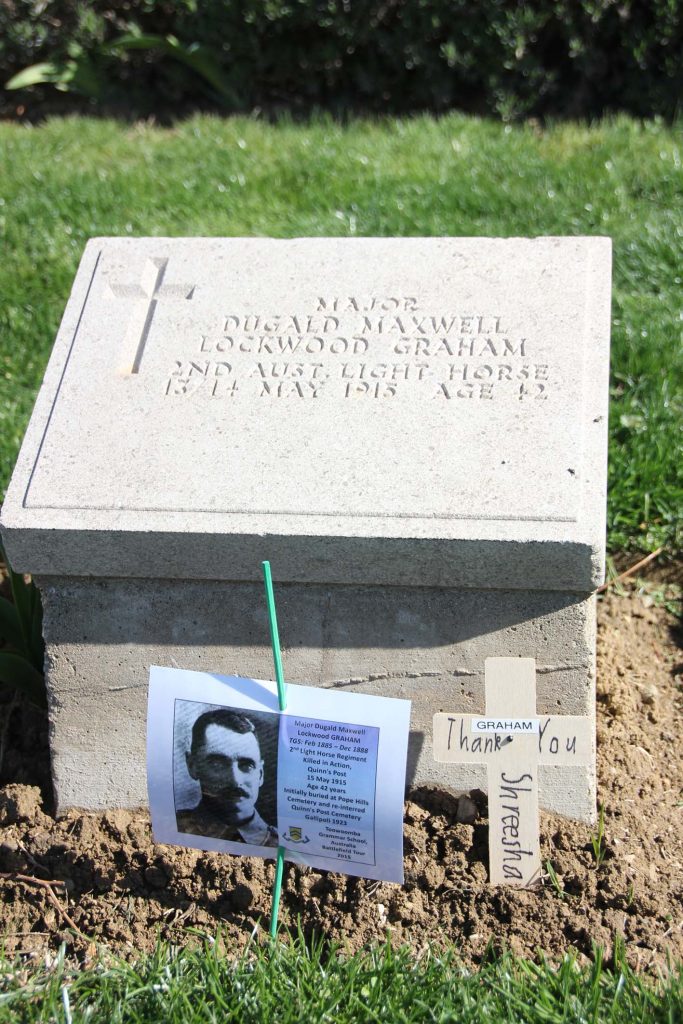
Graham Dugald Maxwell Lockwood Headstone taken by Ann Hallam

Panoramic View from Quinns Post taken by Ann Hallam
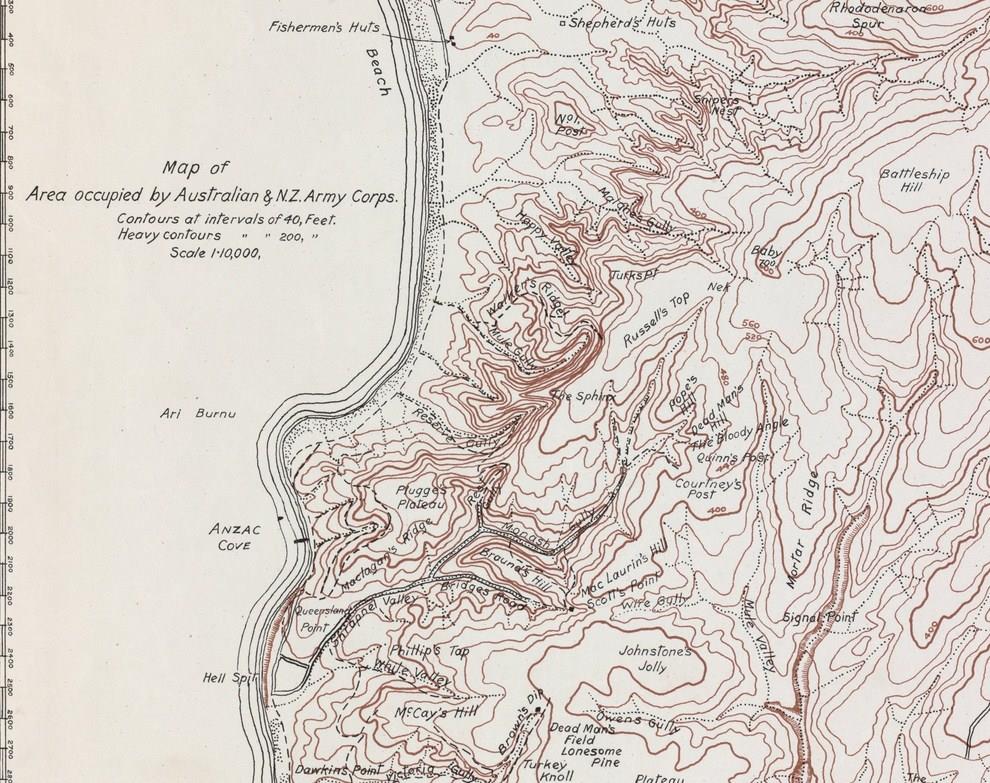
Survey Map of Gallipoli 1915
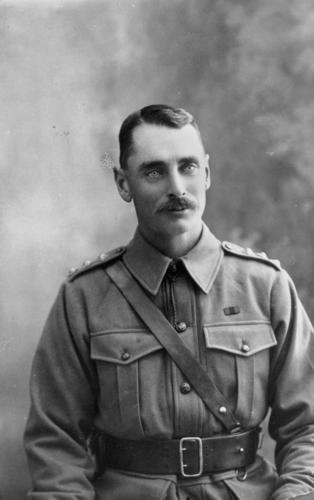
Major Dugald Maxwell Lockwood Graham, Qld State Library
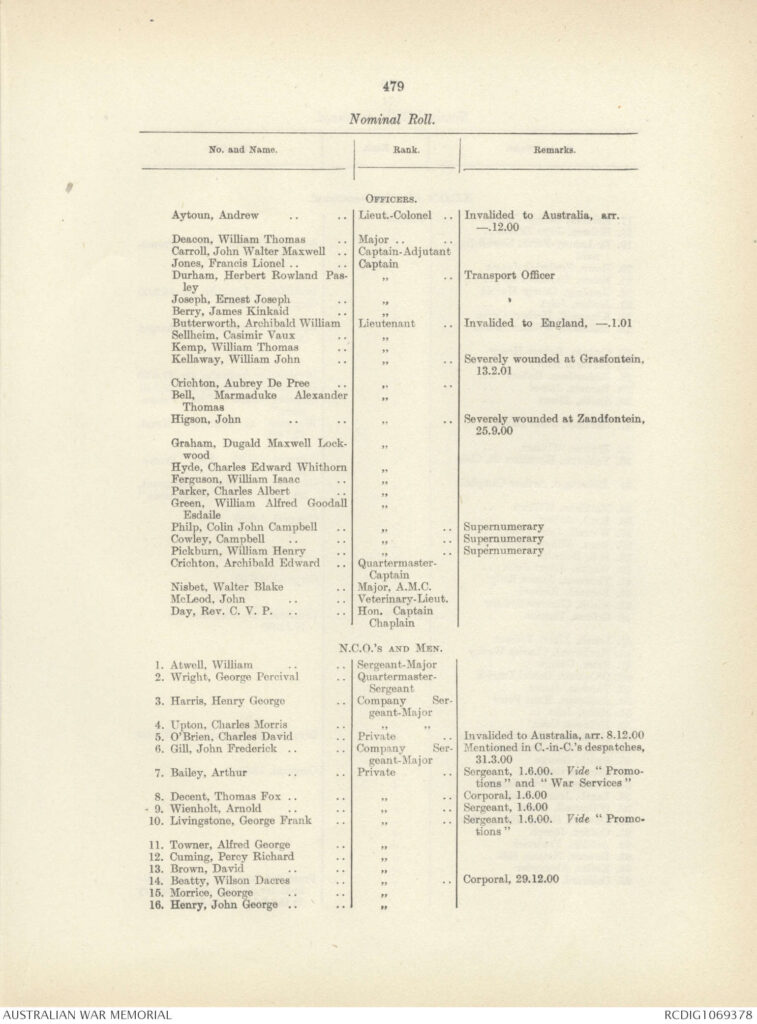
Nominal Roll for the 4th QLD Imperial Bush Contingent


